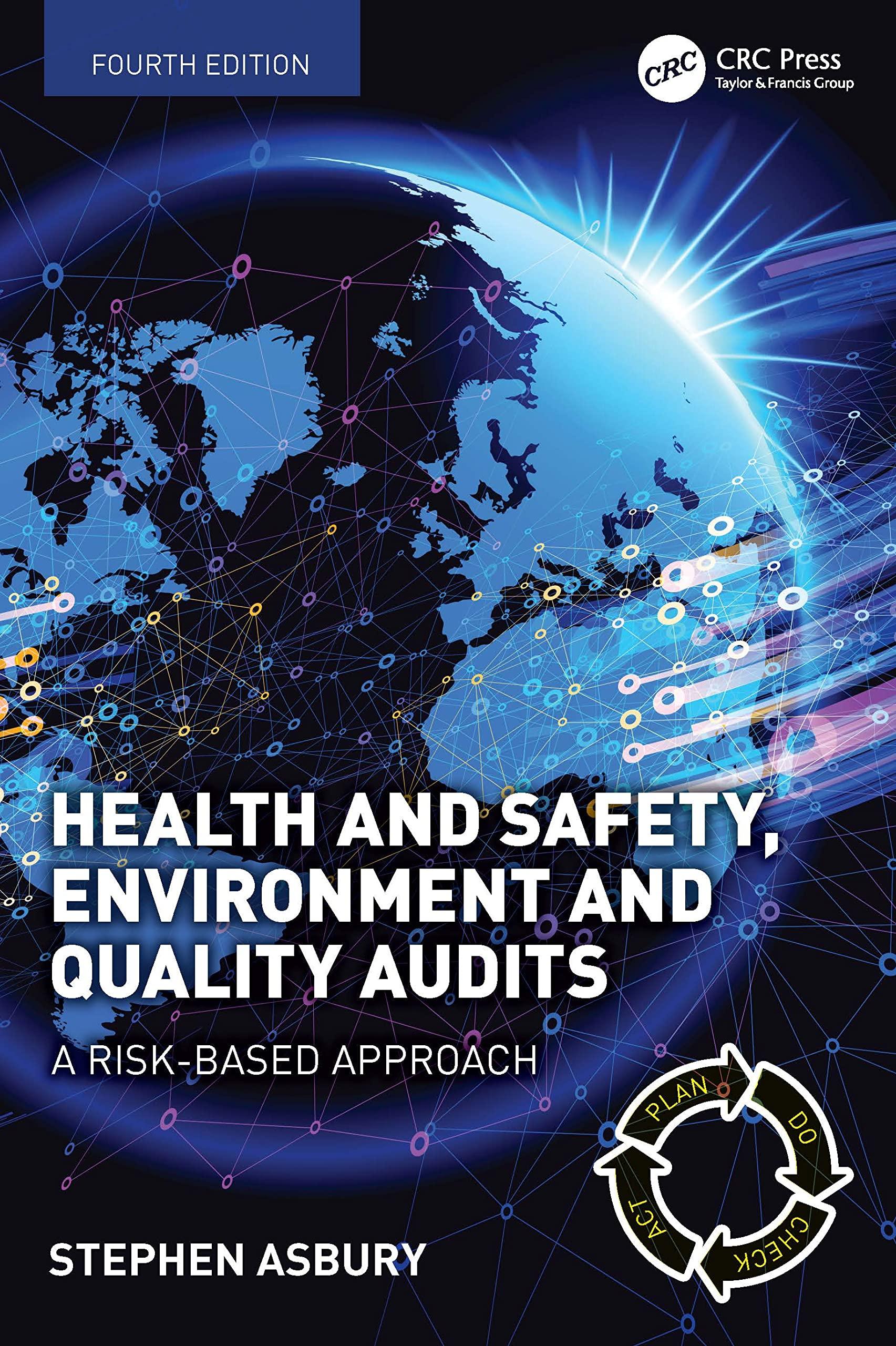Question
Answer all questions The accountant at ABC Company has prepared the following manufacturing data relating to 2017 for use in cost analysis by management accounting
Answer all questions
The accountant at ABC Company has prepared the following manufacturing data relating to 2017 for use in cost analysis by management accounting recruits. The company produces canned food that requires 4.5 machine hours and 3 direct labour hours per unit to produce. Total budgeted production output for 2017 is 50,000 units.
a. City West water monthly bill, computed as follows: First 7,000 litres or less $1,000 flat fee Next 500 litres $0.004 per litre used Next 500 litres $0.008 per litre used Next 500 litres $0.012 per litre used, etc. Assume each product requires a standard quantity of 1.8 litres of water.
b. Lease on machinery in use, where a minimum monthly charge of $1,500 is paid for up to 18,000 hours of machine time. After the first 18,000 machine hours an additional charge of $3.50 per machine hour is paid up to a maximum total lease charge of $4,000 per month.
c. Rental expense on factory building donated by the city, where the agreement calls for a fixed annual fee of $120,000 unless 145,000 labour-hours or more are worked, in which case no rent need to be paid.
d. Straight line depreciation on equipment owned by ABC Company amount to $34,107.95 for the year.
e. The budgeted costs for direct materials and direct labour are based on the following standards for 2017. Each product requires 10 Kgs of input at a cost of $7.50 per Kg. Also, it takes 3 direct labour hours to complete one product and the average hourly rate is $15.
f. The cost for energy is not yet known. However, the accountant has assembled the following annual data related to the past five years. In this regard, the challenge facing the accountant is to calculate energy cost given the cost nature as presented below.
| Machine Hours | Energy Cost |
| 162,000 | $149,040 |
| 150,000 | $140,000 |
| 230,000 | $207,000 |
| 250,000 | $220,000 |
| 245,000 | $232,750 |
1. Assuming energy is semi-variable cost, classify each of the above cost items (i.e., a to f) according to their cost behaviour as variable, step-variable, committed fixed, discretionary fixed, step-fixed, or semi-variable. Show the necessary computations to support your answer.
2. Calculate the estimated (i) total production cost and (ii) product cost per unit for 2017 assuming total production amounted to 50,000 units.
3. Calculate the number of units that the company should produce and sell in order to breakeven during 2017. Assume the sales price per unit is $140.
4. Outside of the relevant range, cost behaviour patterns may not hold. Explain what this statement means and support your answer with one example for variable costs and one example for fixed costs. (Hence: this part requires proper referencing when published resources are used so as to avoid plagiarism.)
|
|
Step by Step Solution
There are 3 Steps involved in it
Step: 1

Get Instant Access to Expert-Tailored Solutions
See step-by-step solutions with expert insights and AI powered tools for academic success
Step: 2

Step: 3

Ace Your Homework with AI
Get the answers you need in no time with our AI-driven, step-by-step assistance
Get Started


